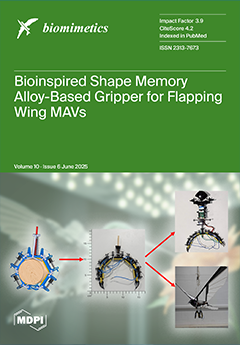We experimentally studied the effect of a surfactant on bubble formation on a superhydrophobic surface (SHS). The bubble was created by injecting gas through an orifice on the SHS at a constant flow rate in the quasi-static regime. The surfactant, 1-pentanol, was mixed with water at concentration
C ranging from 0 to 0.08 mol/L, corresponding to surface tension
σ ranging from 72 to 43 mN/m. We found that as
C increased, the bubble detachment volume (
Vd) and maximum bubble base radius (
Rdmax) decreased. For a low surfactant concentration, the static contact angle
θ0 remained nearly constant, and
Vd and
Rdmax decreased due to lower surface tensions, following the scaling laws
Rdmax~
σ1/2 and
Vd~
σ3/2. The bubble shapes at different concentrations were self-similar. The bubble height, bubble base radius, radius at the bubble apex, and neck radius all scaled with the capillary length. For high surfactant concentrations, however,
θ0 was greatly reduced, and
Vd and
Rdmax decreased due to the combined effects of reduced
θ0 and smaller
σ. Lastly, we found that the surfactant had a negligible impact on the forces acting on the bubble, except for reducing their magnitudes, and had little effect on the dynamics of bubble pinch-off, except for reducing the time and length scales. Overall, our results provide a better understanding of bubble formation on complex surfaces in complex liquids.
Full article






